Animals in Singapore
It’s a bird! It’s a plane! It’s a… black and yellow bird that goes “uuWUu”. If you’re struggling to name this specific bird, or any other animals you’ve come across on this sunny island, we’ve done the work for you. Compiled into this mini pseudo encyclopaedia are the common animals in Singapore, and their legit names. Continue reading to expand your vocabulary:
BTW, the uwu bird’s legit name is the Asian koel. You’re welcome.
Table of Contents
1. Lesser whistling duck
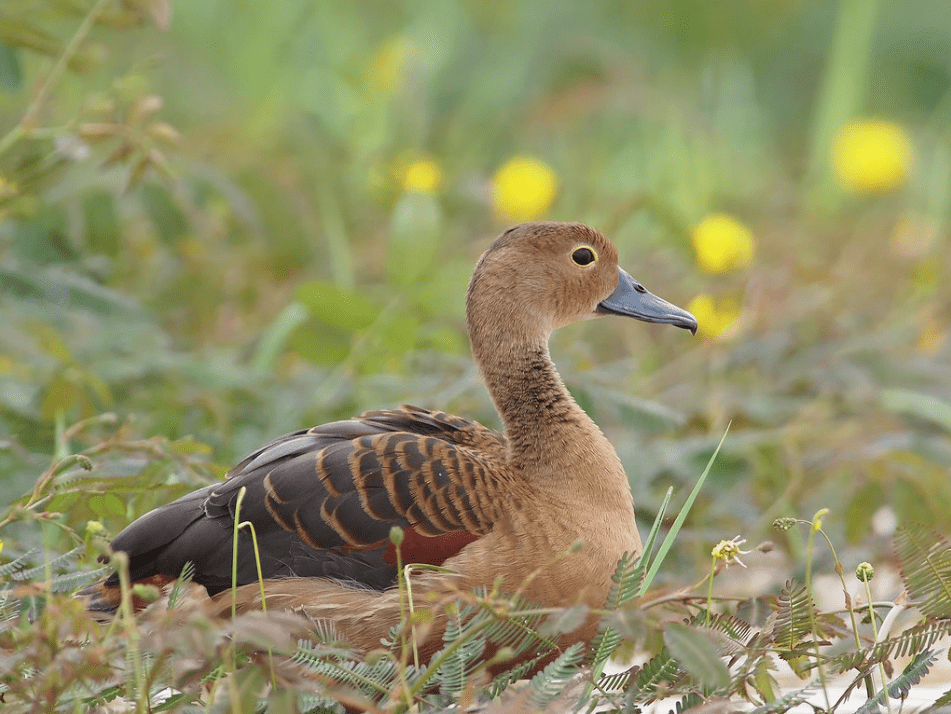
Image credit: Flickr
You might’ve seen TikTok videos of adorable duckies waddling in parks such as Windsor Nature Park or Kent Ridge Park. And if any of ‘em had a bright yellow ring around its eyes, chances are they’re the lesser whistling ducks. This small breed is chestnut coloured with dark brown feathers at its wings and crown of the head.
While these ducks don’t magically transform into swans, their outer feathers make a high-pitch whistle-like sound when in flight – hence the name. Although the population has decreased throughout the years, you can still spot them at nature parks or gardens.
2. Oriental garden lizard
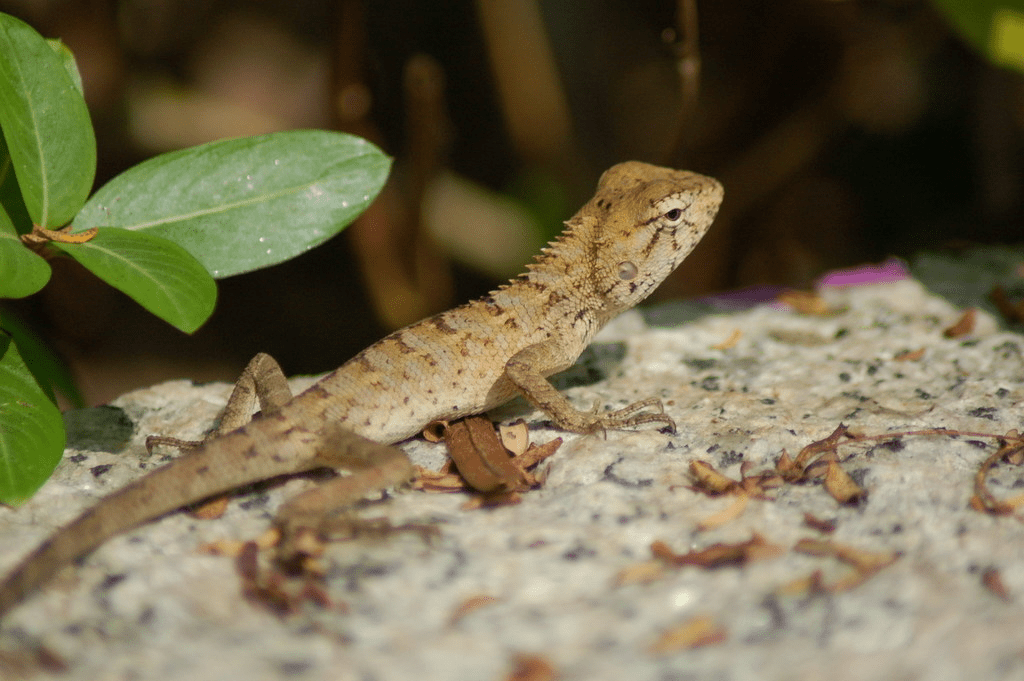
Image credit: Flickr
Not to be confused with the terrifying monitor lizard, this Oriental garden lizard is the tiny counterpart of the giant reptile. Also known as the Changeable lizard, these lizards have distinctive black streaks down the back of its body. Don’t be surprised if you see one with an orange head, as males will change colour during mating season.
They can be found scuttling around bushes and trees at both parks and urban areas. And while they look pretty harmless, these lizards do bite when agitated – not hard enough to cause bleeding – but still, it’s best to leave them alone.
3. Crab-eating macaque
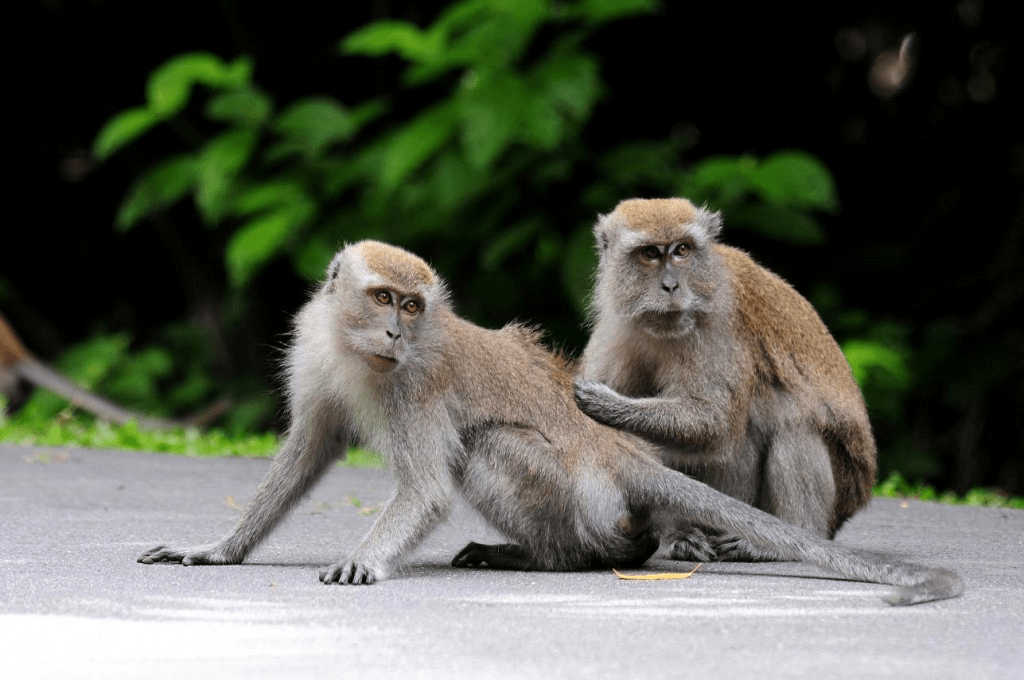
Image credit: NParks
If you’ve gone hiking at MacRitchie Reservoir or picnicked at a nature reserve, chances are you’ve seen the crab-eating macaque. They can be identified by their long tail, as well as the grey face and white eyelids. You’re probably wondering – do they only eat crabs? They’re considered an omnivorous breed, so they typically eat fruits and seeds and sometimes crabs.
According to NParks, Admiralty Park likely holds the remaining population of these monkeys in Singapore. And while they’re generally quite tame, we’ve all heard the warnings of keeping a safe distance from them, and avoid displaying bags lest they think it contains food.
4. Giant African land snail
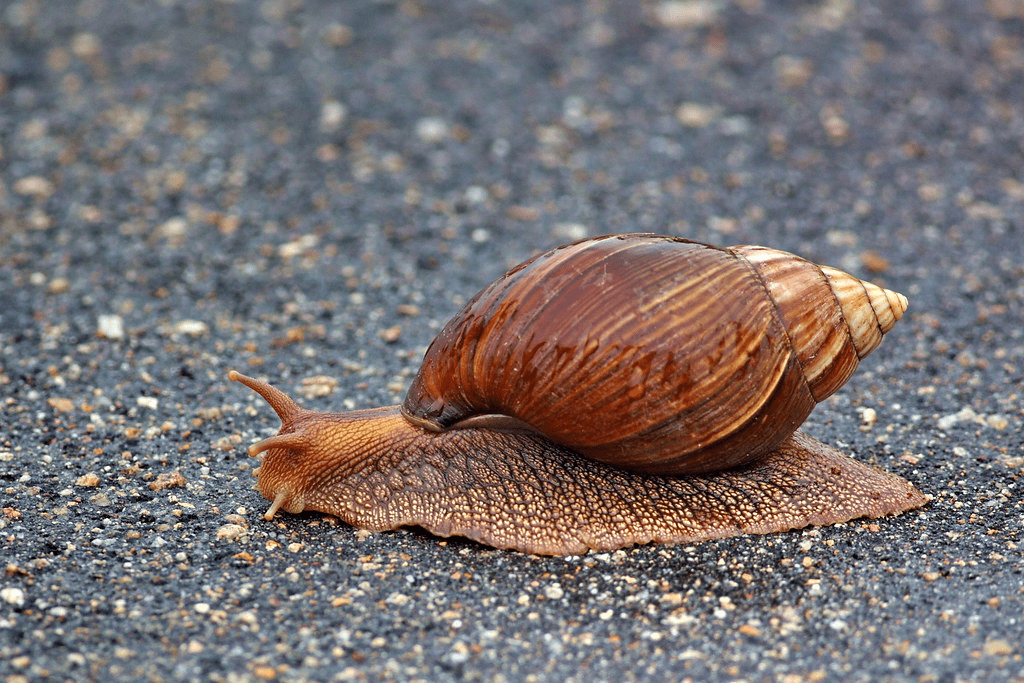
Image credit: Flickr
A typical sighting after a rainy day will include giant African land snails slugging about sidewalks and tree trunks. Yes, this is the same poor snail that we accidentally step on – sometimes. RIP.
This species was initially introduced to Singapore by the Japanese military during WWII, as a source of food for the soldiers. Bon appétit, amirite? But before you whip out your escargot recipe, these snails carry harmful parasites so it’s important to be careful when handling them.
5. Needlefish
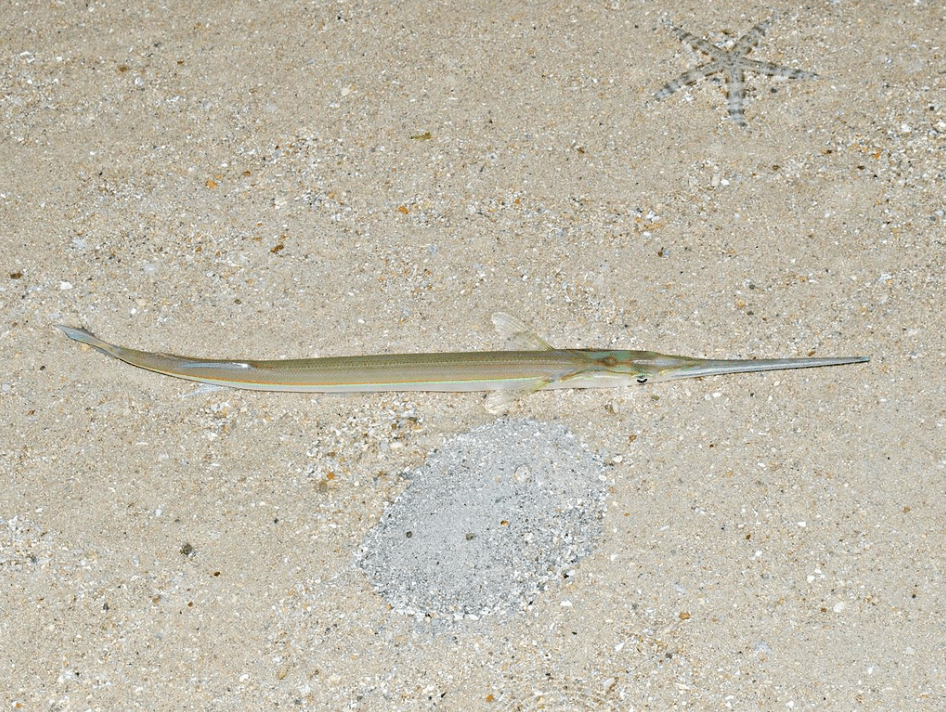
The Needlefish also only has 1 dorsal fin.
Image credit: Flickr
Usually spotted at mangroves in Singapore is the Needlefish. They’re a shallow water fish, so you’ll see them swimming near the water surface. It got its name due to the spear-like snout and long slim body, mimicking the likes of a needle.
Needlefish can be ingested by us humans, but it’s not a hot favourite due to the numerous tiny bones it has.
6. Sunda flying lemur
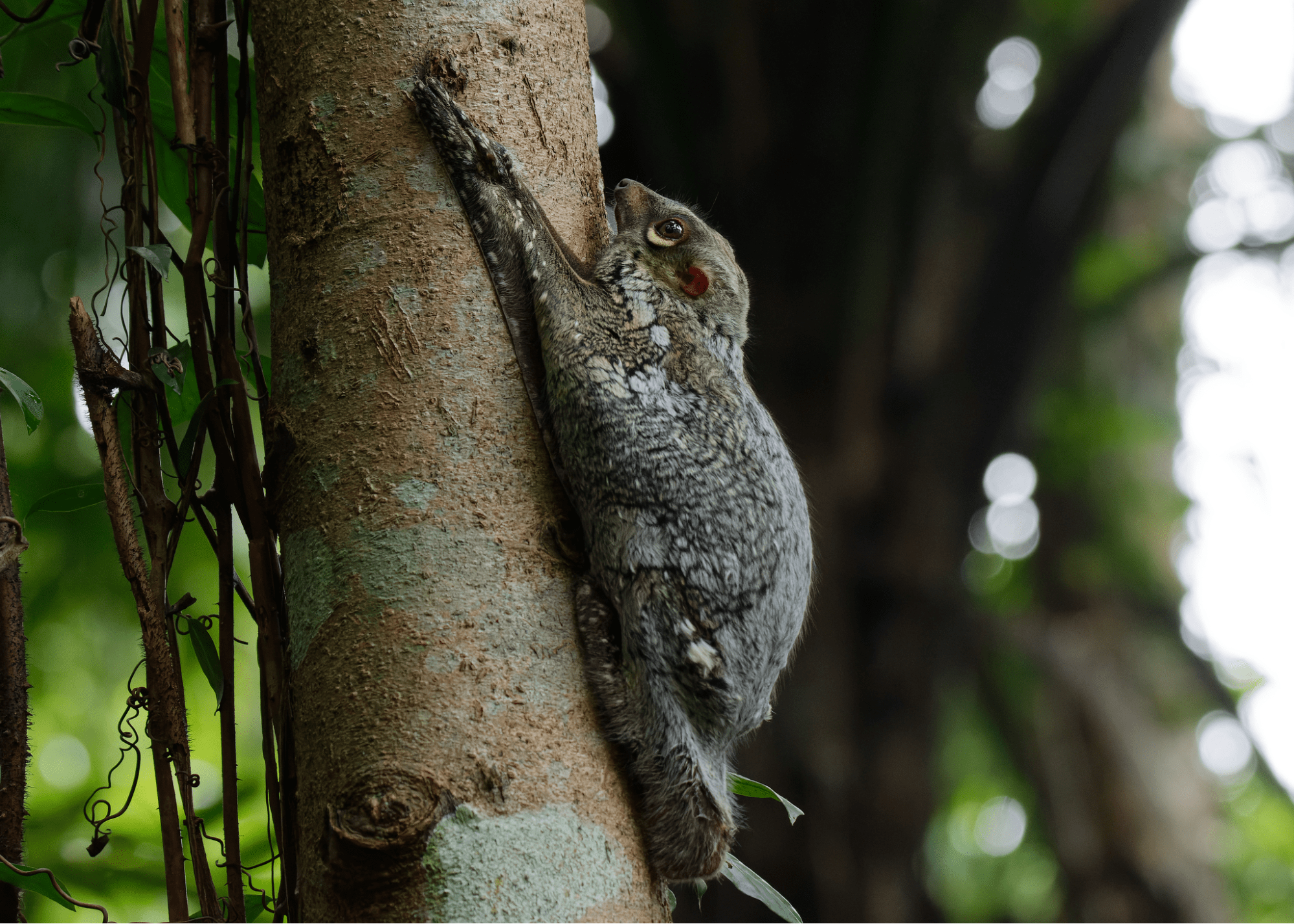
Image credit: iNaturalist
No, these aren’t squirrels. The Sunda flying lemur, or Malayan Colugo, is one of 2 types of flying lemurs. But unlike what its name suggests, this animal can’t actually fly. Instead, it glides from tree to tree with the extended skin that goes from its neck to limbs. Another key feature is the white ring around its eyes, and the random black and white splotches on its fur.
You can catch sight of these at nature reserves and parks such as Bukit Batok Hillside Park, clutching tree trunks or hanging from branches.
7. Crab-eating frog
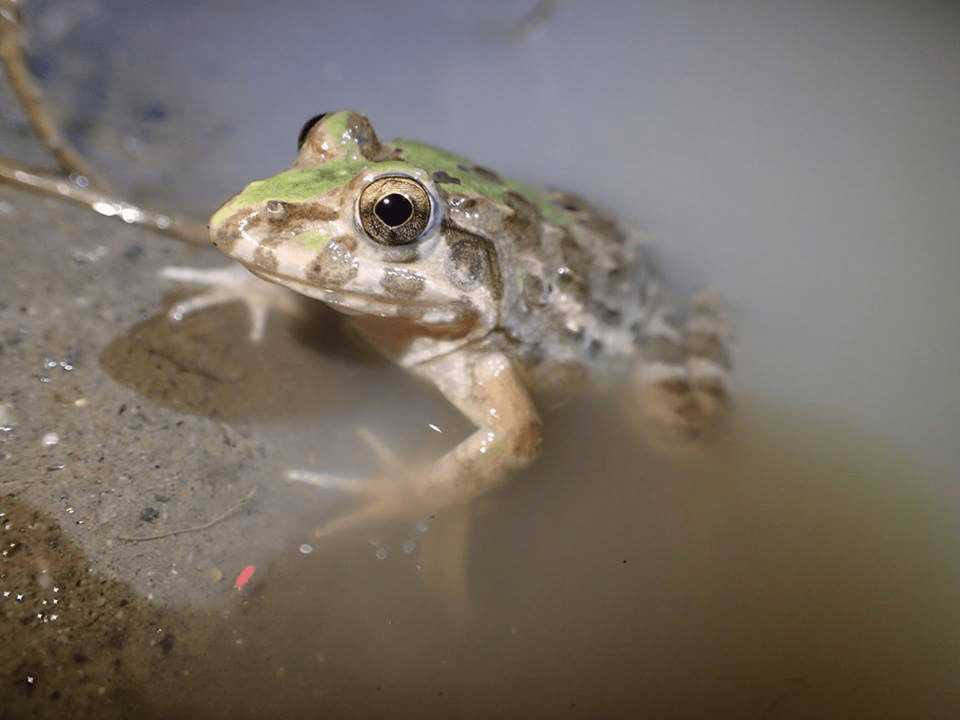
Image credit: iNaturalist
Another animal that calls the mangroves its home is the crab-eating frog. This breed sports thicc and long back legs, and asymmetrical dark spots on its body. Perhaps the most unique feature of this frog is the machine gun-like croak it has – cue Dr. Dre’s Rat-Tat-Tat-Tat.
Diet-wise, the frogs will eat whatever insect available. And crabs are defo on the menu, should they be near the frogs.
8. Zebra dove
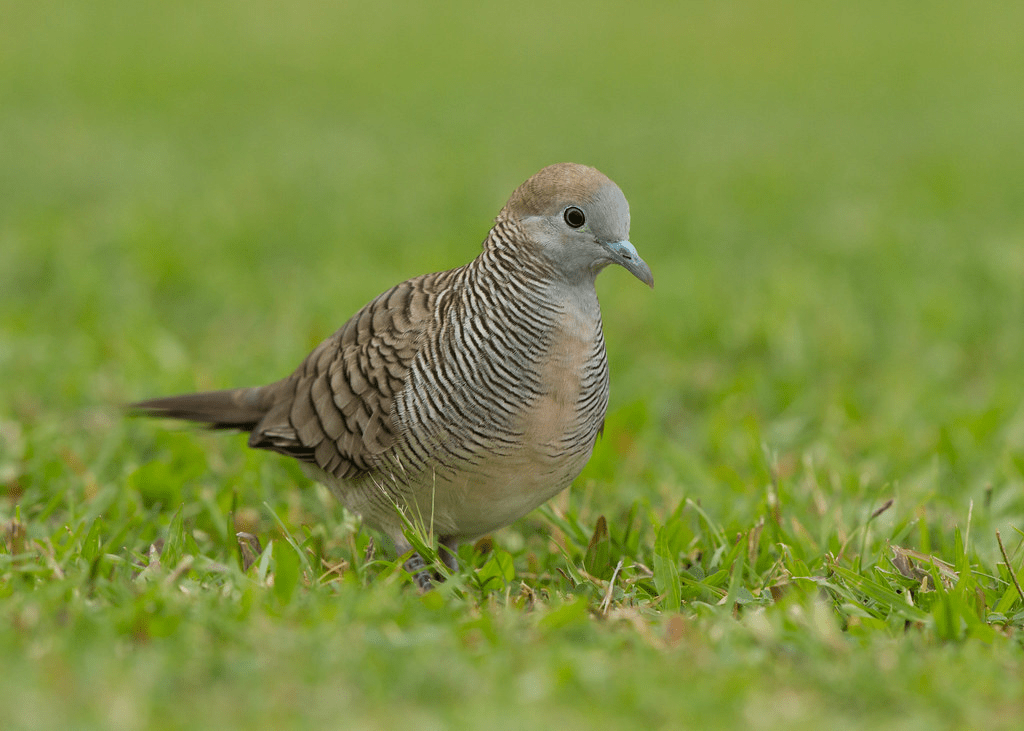
Image credit: Flickr
“Coo~ Coo~” goes the zebra dove. These birds are the source of the soft cooing sound you hear at both residential and commercial areas in Singapore. They’re similar sized to our common Javan myna, except that these birbs have black and white stripes on its body and a longer tail.
Unlike other doves, this breed tends to forage solo or in pairs – potentially INFPs? – so it’s rare that you’ll see a whole flock of them on the ground.
9. Black-naped oriole
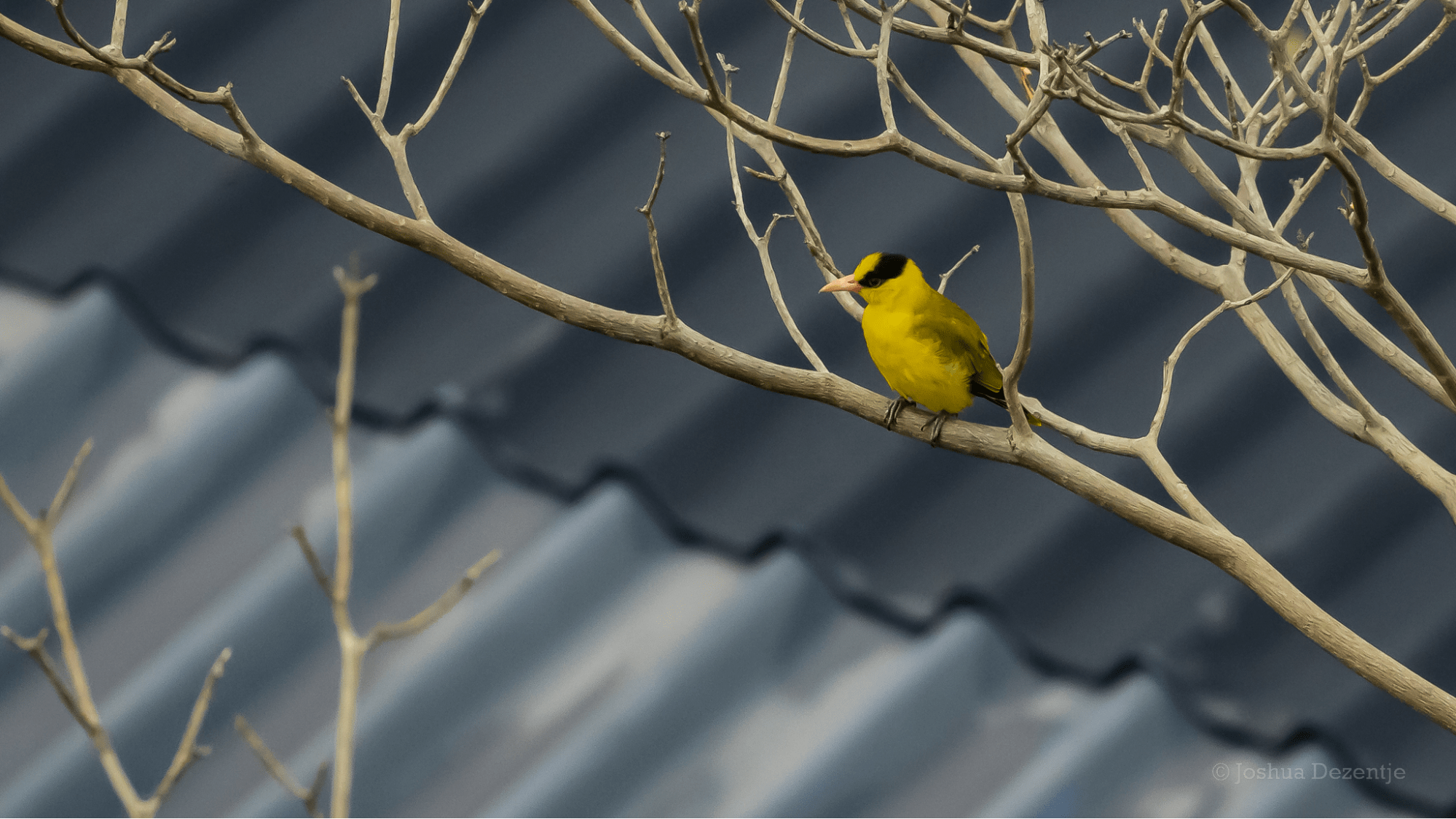
Image credit: iNaturalist
We’re always seeing the Javan myna, but there’s actually another bird that rocks the inverse colourway – and that’s the black-naped oriole. This species has a bright yellow body base with the signature black band across its eye and hindcrown. They also have black-tipped wings to complete its bandit-inspired look.
This lil’ birdie was once considered rare in the 1880s, but now they’re a flourishing species that’s commonly sighted around residential areas and parks.
10. Atlas moth
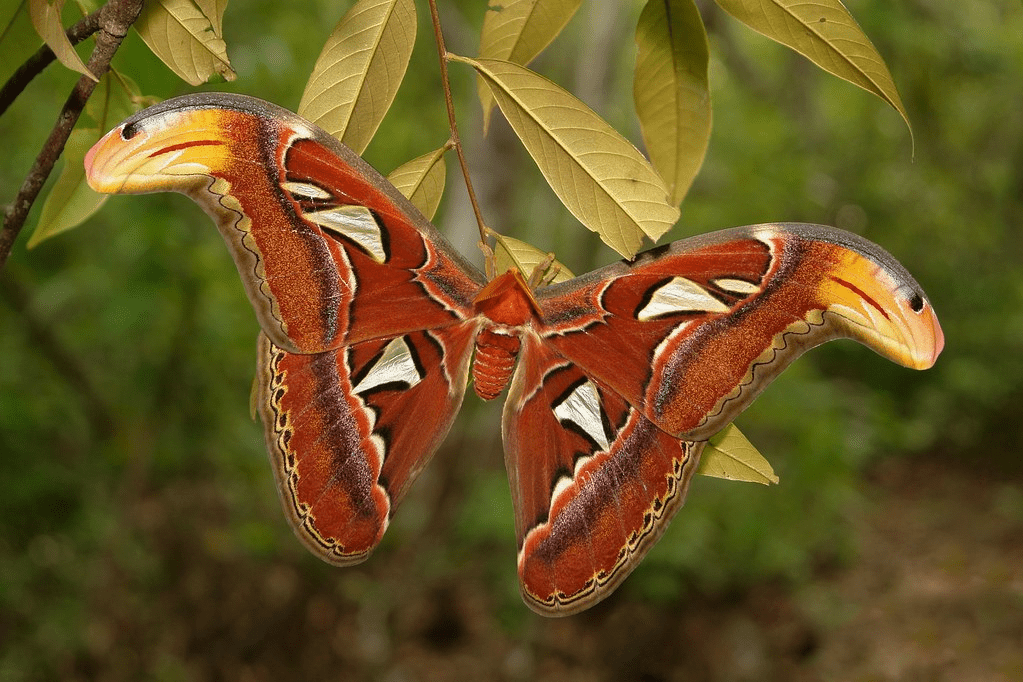
Image credit: Flickr
Hands up if you remember that iconic moth invasion back in 2014. While the majority of those were the Tropical swallowtail moth, there’s another type of moth commonly in Singapore – the atlas moth. This flying insect was named as such due to its wing design that resembles a map.
It has also been dubbed as one of the largest moths in the world. And tho’ that can be terrifying to some, you need not worry about it being dangerous as it isn’t poisonous to humans.
Animals you’ll find in Singapore
So there you have it, kids – consider the mystery these animals debunked. The next time you come across any of them, flex your supreme knowledge to your friends and family and they’ll know who the true genius is.
For more animal content, read these:
- Trulydolls Catxperience
- Live Turtle and Tortoise Museum
- Engaging an animal communicator
- Pet-friendly hotels in Singapore





